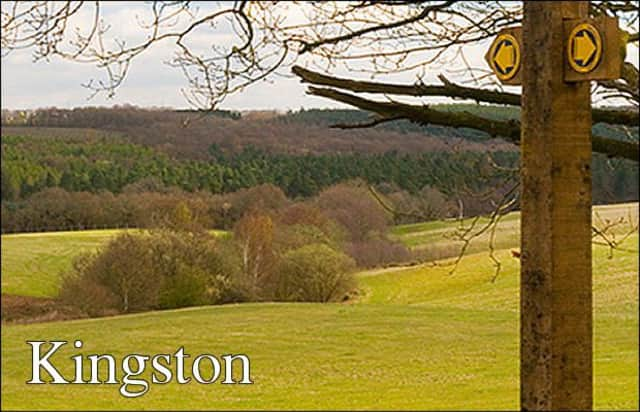Kingston


There was a very good attendance for the election of a new president. The evening began with refreshments and at about 7.45 the meeting opened with the business part. Our treasurer began by informing us that we had a very healthy total but that by April some of it would be sent to the NFWI. Then the election took place with every member nominating, in writing, a committee member to stand as president. The treasurer asked each nominee if they wished to become president, and of those nominated, the vice president, Penny Crawley agreed to stand.
Kingston activities are as follows: Tap is at the Parish Hall on the second and fourth Thursday each month at 7.30pm. Pilates is every Tuesday at the Parish Hall 2pm to 3pm. Craft Club is every Friday, 2pm to 4pm at the Pavilion. Several outings are being considered visiting the Depot Cinema. We were also reminded to think of ideas to celebrate our WI centenary in 2020.
Advertisement
Hide AdAdvertisement
Hide AdSandy Hilly began the talk with a short run through of the history of the story depicted on the tapestry. The tapestry is actually an embroidery, stitched on Irish Linen with woollen thread dyed in France using natural dyes. The design was undertaken by Tom Walker a local artist and sketched on the linen using water soluble pens. It depicts the Battle of Lewes of 1264, between Henry III, son of King John of Magna Carta fame, and Simon de Montfort. Henry, his son Edward and his barons were attacked by Simon de Montfort in the early hours of May 14, 1264 under a full moon, even though Simon de Montfort’s army was roughly half that of Henry’s. De Montfort’s flank was attacked by Prince Edward’s force but because he continued chasing the fleeing troops off the battlefield, Simon de Montfort was able to attack Henry and pursue him to the town of Lewes. There Henry was defeated and forced to sign the Mise of Lewes. Much of the town was in flames and over 2000 people were killed. We were shown many slides detailing the needle work in close-up, with stitches used in the 13th century; stem stitch, chain stitch, French knots, stab stitch and detached chain stitch to give depth. The tapestry consisted of 5 panels and a panel along the bottom showing animals, flora and fauna and local scenes. The story set in moonlight was sewn in very pale colours but for daylight scenes colours were brighter. Sally explained all kinds of features as she showed us several slides of each panel. The embroiderers worked about 5000 hours to complete the work and on the 750th anniversary of the battle, 14 May 2014, it was unveiled in Lewes castle grounds, to an admiring audience. It was one of the best talks we have ever had and everyone was discussing it at the end of the evening as they left.
Our next meeting is Thursday March 7 when Peter Roach talks about The Other Side of Cruising. (Helen Dudley).